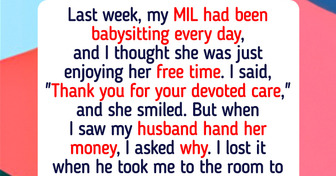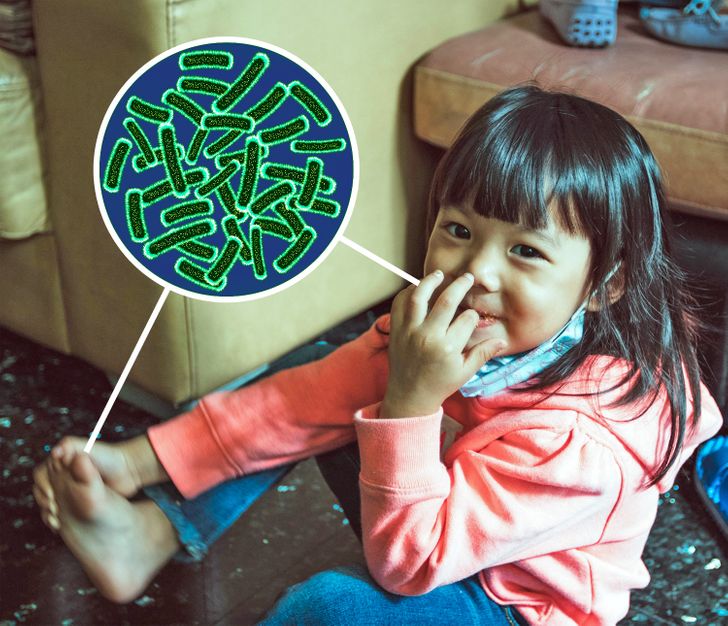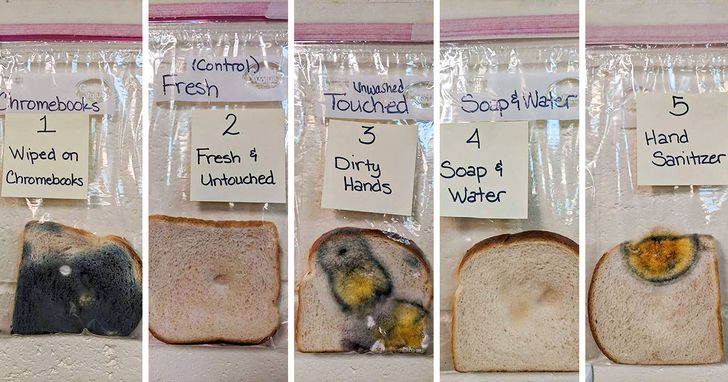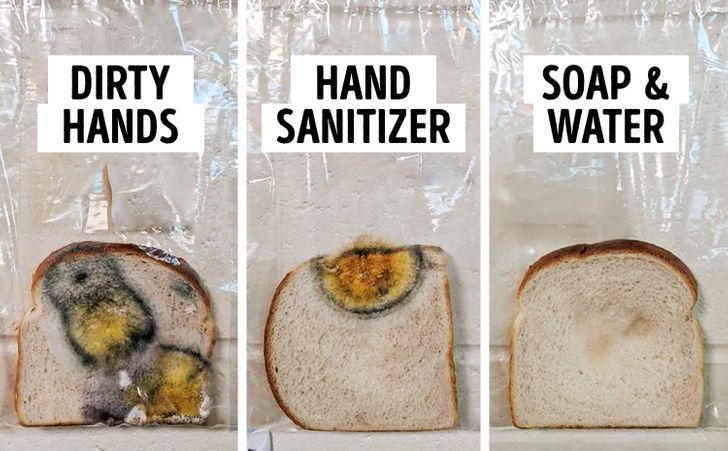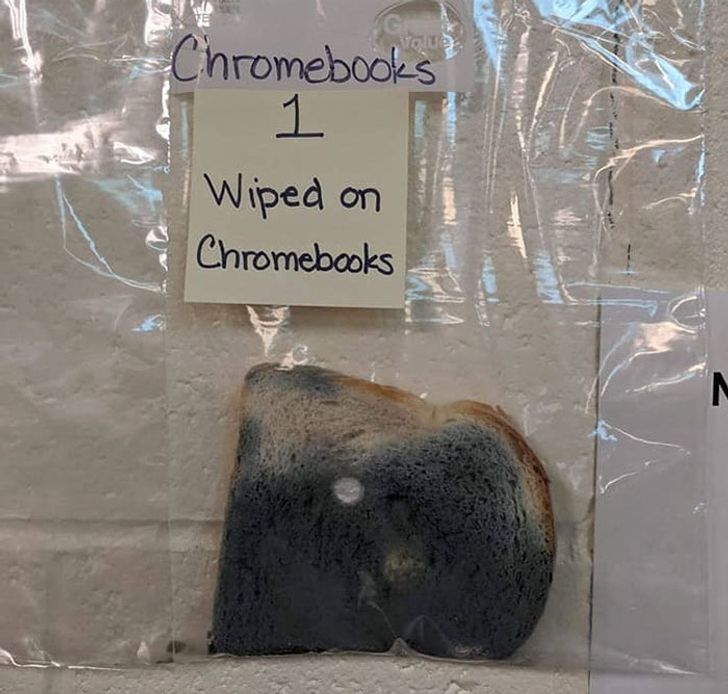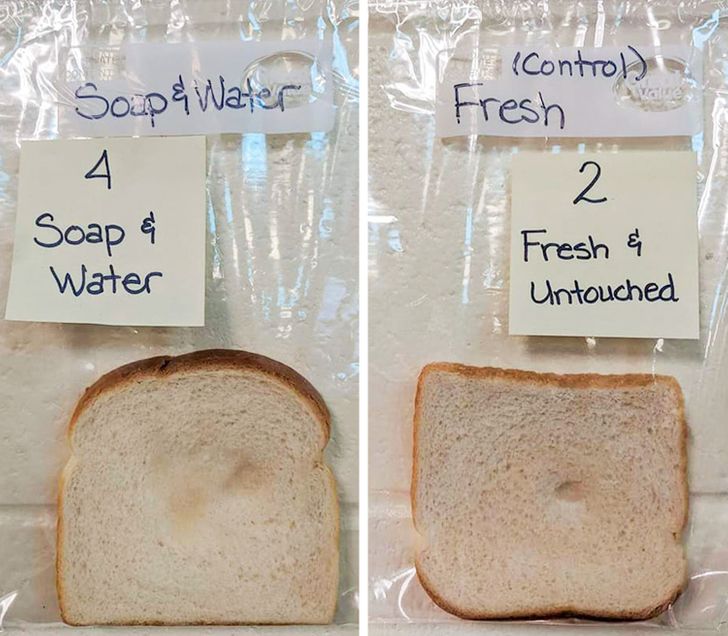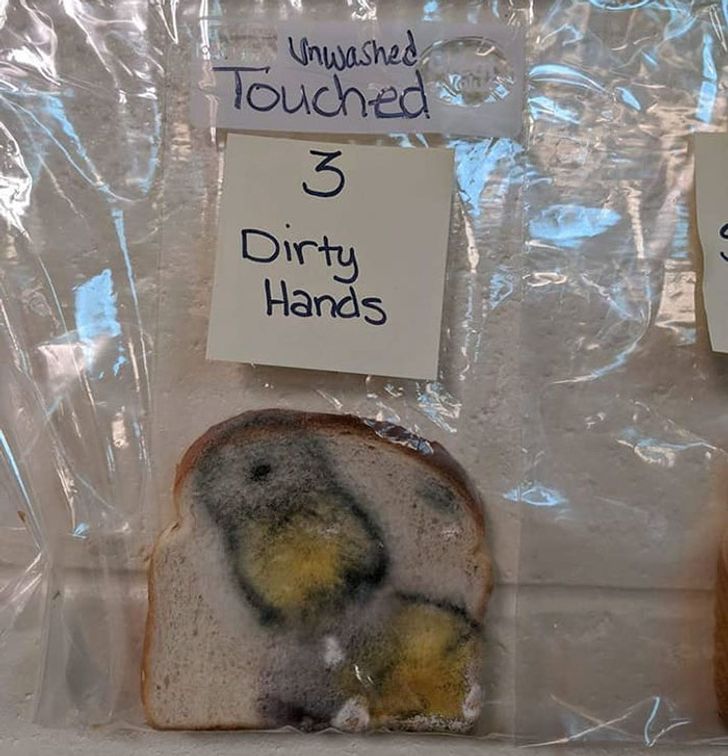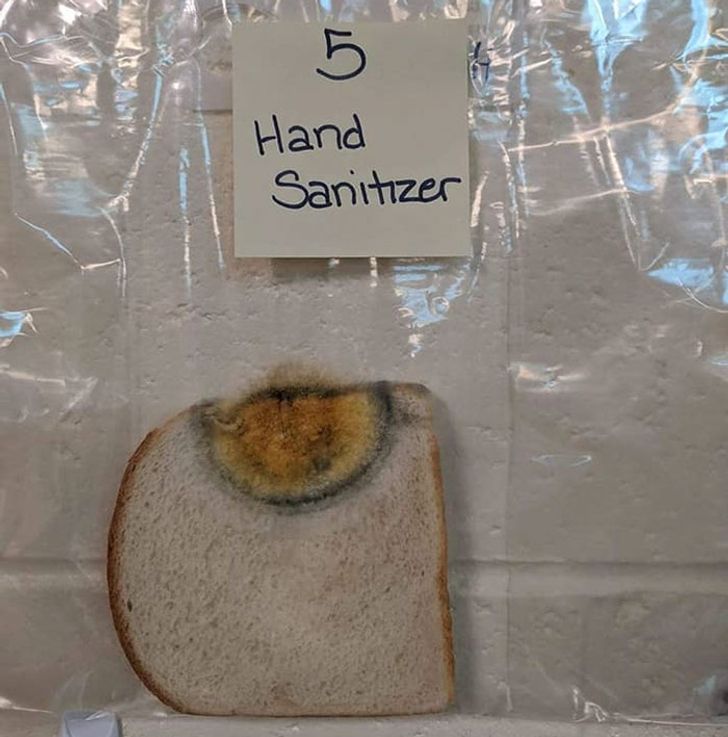Most schools never clean the student technology. I won’t even pick up a laptops without paper towels!!! They are absolutely disgusting. If the students refuse to plug them in oh well they don’t have computers to use. I’m not going to get sick or worse!!!
Teachers Did an Experiment to Show the Power of Handwashing, and You Won’t Be Able to Stay Unimpressed
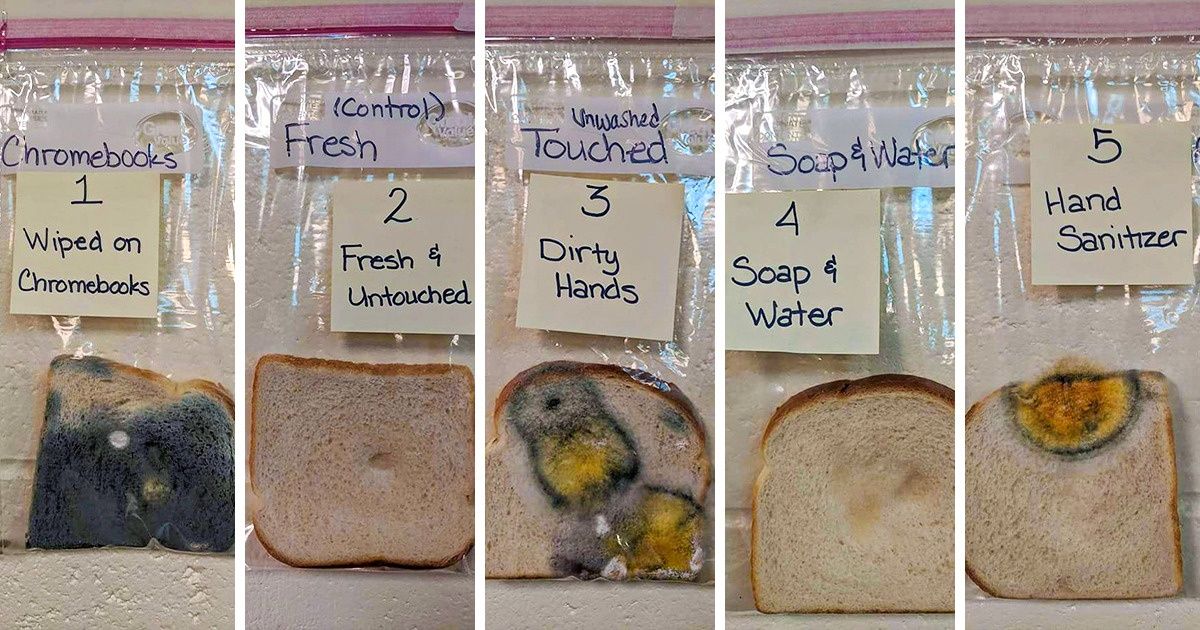
Sometimes a visual is better than words — especially when it comes to explaining something to children. That’s exactly what Jaralee Annice Metcalf, a behavioral specialist, and her colleague Dayna Robertson, a teacher at Discovery Elementary School in Idaho Falls, decided to do to show their pupils the importance of washing their hands properly. And now the whole world is following their example!
The point of the experiment
To explain how bacteria spread and why it’s important to wash your hands well and often, Jaralee came up with a simple classroom activity with her students: she asked several kids with various levels of hand cleanliness to touch 5 pieces of white bread that were taken from the same loaf, at the same time. Then, they put the bread in individual plastic bags to observe what would happen over the course of one month.
Steps of the project
“We took fresh bread and touched it.” — explains Jaralee in her Facebook post that has been shared about 70K times.
The first piece was rubbed on all of the classroom laptops. The second one was a control piece — it wasn’t touched, it was placed immediately in the plastic bag and labeled “Fresh & untouched.” The third piece of bread was touched by the whole class using unwashed hands. For piece #4 the whole class washed their hands with warm water & soap and, again, touched the slice. And for bread piece #5, they cleaned their hands with hand sanitizer and then touched it.
A slice wiped on laptops
One month later the Chromebook-rubbed slice looked worse than all the other specimens. As the teacher explains, at their school they do sanitize the laptops, obviously they didn’t do that for the project.
The effect of soap & warm water
The only slice of bread that didn`t have the obvious bacteria on it was example #4. It was the one that was touched by hands that were just washed with warm water & soap, which clearly showed the children why they should wash their hands often.
The “dirty hands” slice
Example #3, the “dirty hands” slice, was covered in spectacular mold growths one month later and didn`t need any additional explanation.
The “hand sanitizer” slice
One interesting thing is that specimen #5 — the “hand sanitizer” slice — turned out to have a lot of bacteria too. So this is a clear example that hand sanitizer can’t replace proper hand-washing with soap. Jaralee shared the results of the project on Facebook to tell parents teach their kids to wash their hands well and this simple project immediately spread to hundreds of other schools and families.
The hand sanitizer slice shook us a little! How about you? How do you teach your kids that they need to wash their hands properly? We’d be happy to hear from you in the comment section below!
Comments
Although this simple experiment is fun and a great way to engage young people in scientific thought, it is important to note that there are few, if any conclusions that can be drawn from it. Firstly, hand sanitizers are not all the same! Only those with >90% ethanol content will destroy a significant number of pathogens. Secondly, this experiment attempts to grow pathogens on a bread medium - most bacteria require specific mediums to grow, and viruses will not reproduce without a host. Thus, the simple appearance of mold on bread does not necessary indicate anything about the pathogen reducing abilities of any modality of cleaning hands. Lastly, there are very specific protocols to using both hand sanitizers as well as hand washing, including what type of soap is used. Without knowing these details, it is impossible to say whether one modality was better than another... However, there are dozens if not hundreds of research articles published on this topic showing that hand sanitizers are much more effective at killing a wider range of pathogens than hand washing, but that hand washing is more effective at removing, or washing away pathogens especially when embedded in oils or contamination. Bottom line? Both modalities of hand cleansing are an important part of staying healthy and clean, and should be used in combination. Before anyone asks, yes, I am a doctor with a significant research background.
That’s a nice proxy demonstration for cleanliness, but as Eli and Attila state above what she’s looking at there is fungi and mould, not bacteria. The circular growth form on the hand sanitizer slice indicates that a single fungal spore was deposited on it when touched compared to the apparent none of the hand washed sample. Not so bad really considering. Eli is right, both methods of cleaning are important, sanitizers of >90% ethanol allow convenience and effective sanitising when you need it. Simple, cheap hand washing when done correctly is slightly more effective again.
Still a great way to engage kids in science and to get them to wash their hands.
Al, MSc Microbiology
Too bad all the focus is on the sandwich and like many other things a form of fear based teaching ! Children should be learning how to keep their immune system strong and how a healthy body and a happy mind has a huge arsenal of tools to deal with invaders.
i rember doing this when i was in 5th grade
Related Reads
12 Moments That Remind Us Kindness Is the Superpower We Forgot We Had
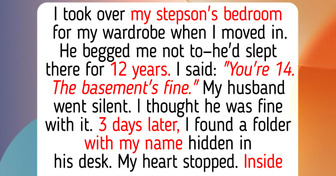
My DIL Excluded Me From Our Family Trip Photos—But She Didn’t Expect My Revenge
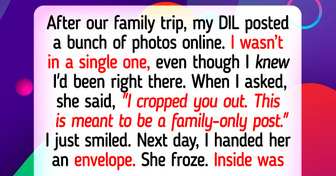
18 Stories That Prove a Cleaner’s Job Is About More Than Just Dusting

I Refused to Help My Sister Save Her Dying Kid, My Money Isn’t a Family Tradition
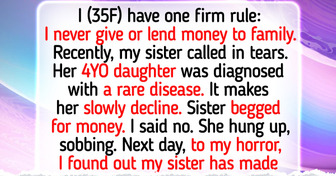
10 Stories of Kindness That Show Angels Walk Among Us Every Second of Every Day
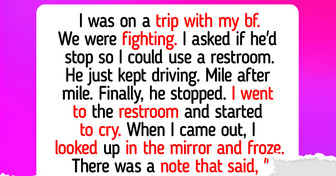
14 People Who Walked Straight Into Awkward Moments

16 Moments That Remind Us to Stay Kind Even If the World Turns Ice Cold
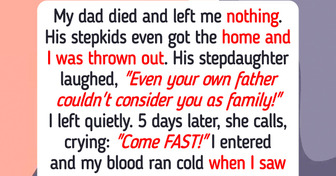
HR Refused My Promised Raise—So I Pulled a Move No One Saw Coming
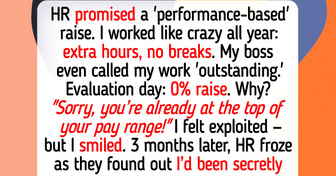
I Refused a Work Trip Without Babysitter Pay—Now HR Is Involved
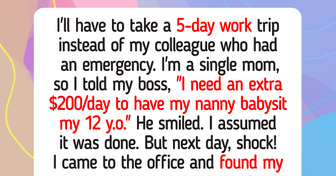
My Dad Let Me Believe a Heartbreaking Story About My Mom, and I Refuse to Let Him Get Away With It
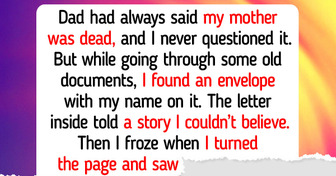
I Refused to Reply to Work Emails While on Vacation, Now HR Is After Me
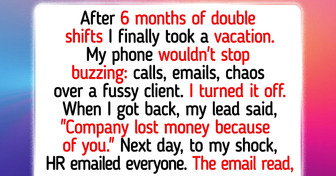
12 People Who Mastered the Art of Keeping Their True Motives Hidden
